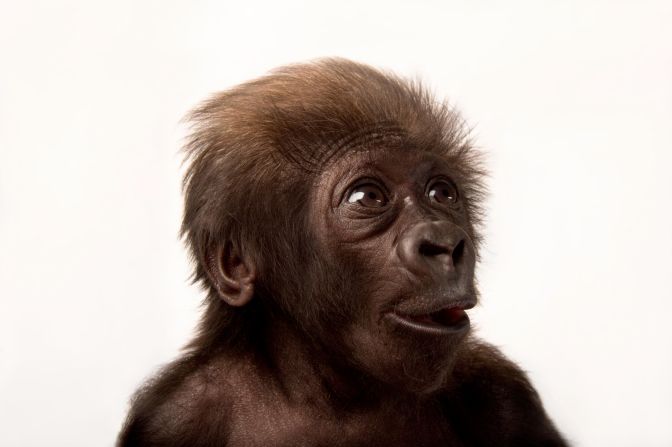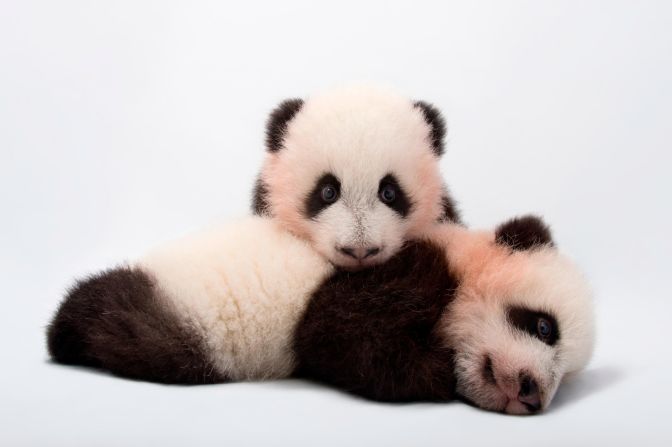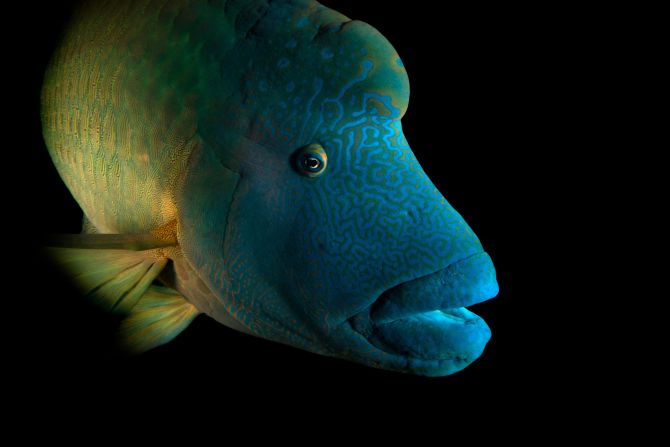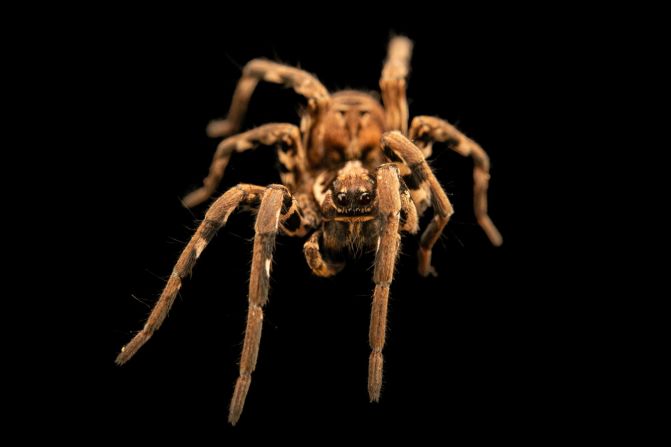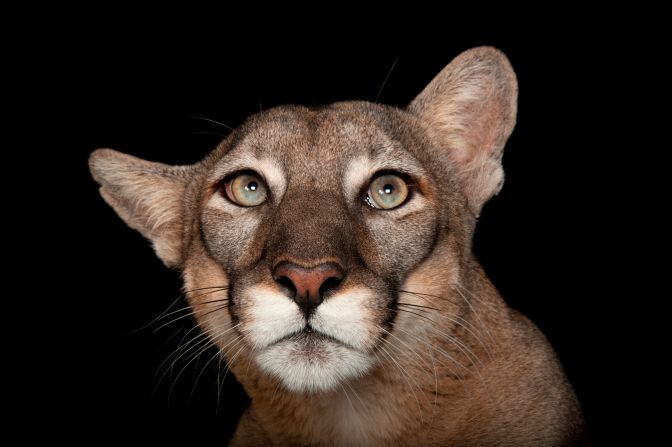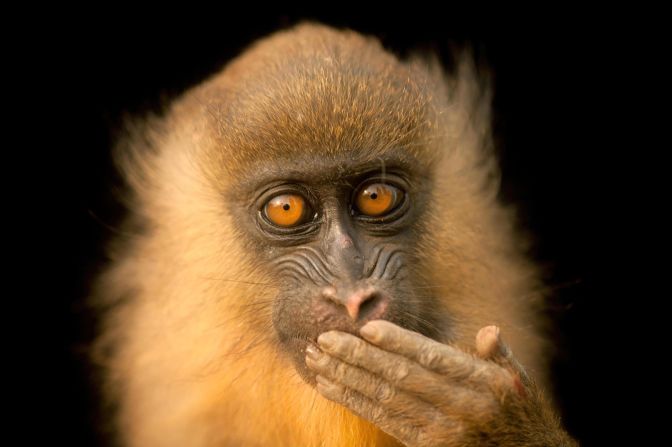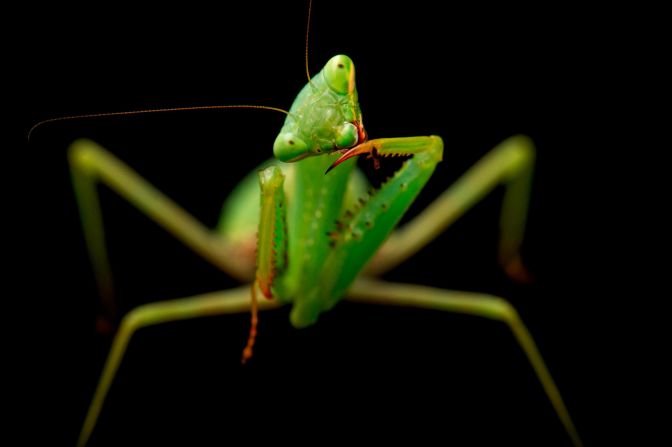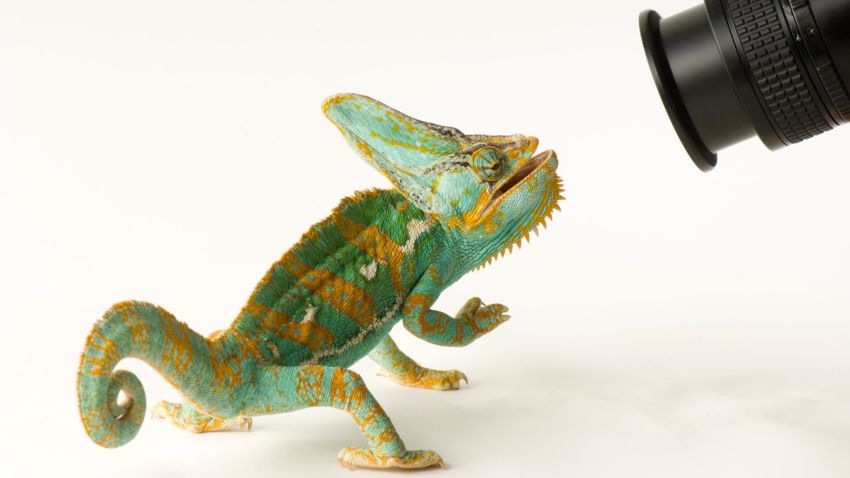A spoon-billed sandpiper steps into the frame, heading straight for a small bug placed there as bait. It sweeps up its food with its spoon-shaped beak and exits stage-left.
The performance is for Joel Sartore, an American photographer and founder of the National Geographic Photo Ark, a personal effort to document every species in captivity around the world.
The critically endangered bird, of which there are fewer than 1,000 individuals in the wild, is the 13,000th species Sartore has photographed in 16 years. His ultimate goal is to photograph 20,000.
He hopes that this image, and all the others, will help to inspire action through education and prevent mass animal extinction.
“The Photo Ark is my desperate, last-ditch attempt to try to get the public to pay attention,” Sartore said.
Signature style
Before he started Photo Ark, Sartore spent more than a decade working as a photographer for National Geographic magazine, mainly covering conservation stories in the field. He had seen wildlife diminishing firsthand, but felt like the public wasn’t interested.
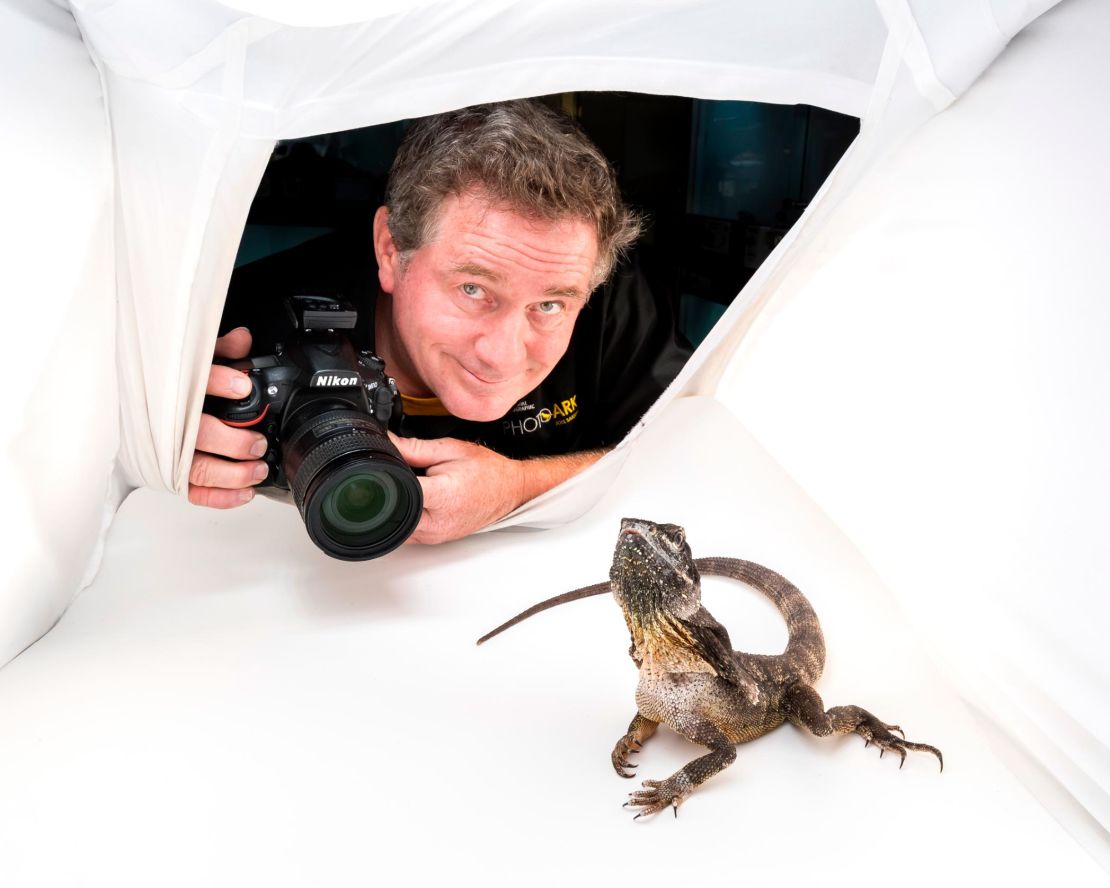
Sartore thought of a new way to engage people. He picked up his camera and set about taking shots of wildlife – but rather than recording animals in the wild, he wanted to photograph them outside their natural habitat. He visited zoos, aquariums and rehabilitation centers and photographed portraits of individual animals against a generic white or black backdrop – just like a typical studio shoot.
“This eliminates distractions and allows you to look them in the eye and see that there’s great beauty there and intelligence, and that they are worth saving,” he said. “We are primates and we respond to eye contact above all else.”
The response has indeed been huge. Sartore has more than 1.6 million followers on Instagram and a best-selling series of Photo Ark books. His iconic images have been projected onto the Empire State Building in New York and St. Peter’s Basilica in the Vatican.
But of course, a like on Instagram does not instantly translate into an act of conservation. Sartore hopes that raising awareness of these species will help bring support to on-the-ground conservation efforts. Part of the proceeds from his books also goes to fund conservation and education efforts.
Gary Ward, curator of birds at ZSL London Zoo, where Sartore has shot before, believes that photography can help to promote awareness of the threats to animals and bring publicity to lesser-known species. “Seeing is the first step to caring, and caring is the first step to conservation action,” he said.
Sartore’s unique style “allows people to focus purely on the beauty and uniqueness of each animal,” Ward said, adding that the images have thrown a spotlight on zoos, aquariums and breeding programs across the world that have been crucial to many species’ survival.
Creatures big and small
When it comes to engaging the public in conservation efforts, it’s often iconic animals such as tigers and gorillas that get the most attention. Sartore believes it’s vital that he doesn’t just focus on the furry and photogenic. He has photographed everything from ants and mosquitoes to elephants and vultures.
“Most endangered species are not some big charismatic megafauna,” he said. “They are mice, they are mussels, they are minnows. They are little bitty things that live in the soil or muddy water – and nobody has gotten a good picture of them.”
Ward admires Sartore’s determination to shine a light on all species big and small. “If we don’t drive meaningful attention to insects and amphibians and other vital and fascinating species traditionally perceived to be less engaging, then we are ignoring more than 95% of the world’s biodiversity,” he said.
According to the UN, a quarter of all species are threatened with extinction – and of these amphibians are the most at risk.
Sartore remembers capturing an image of the last known surviving Rabb’s fringe-limbed tree frog. In 2016, three years after taking its photograph at the Atlanta Botanical Gardens, the frog, named Toughie, died, making the species extinct.
“It makes me sad, but it also makes me extremely irritated,” said Sartore, “I’m not spreading the word fast enough.”
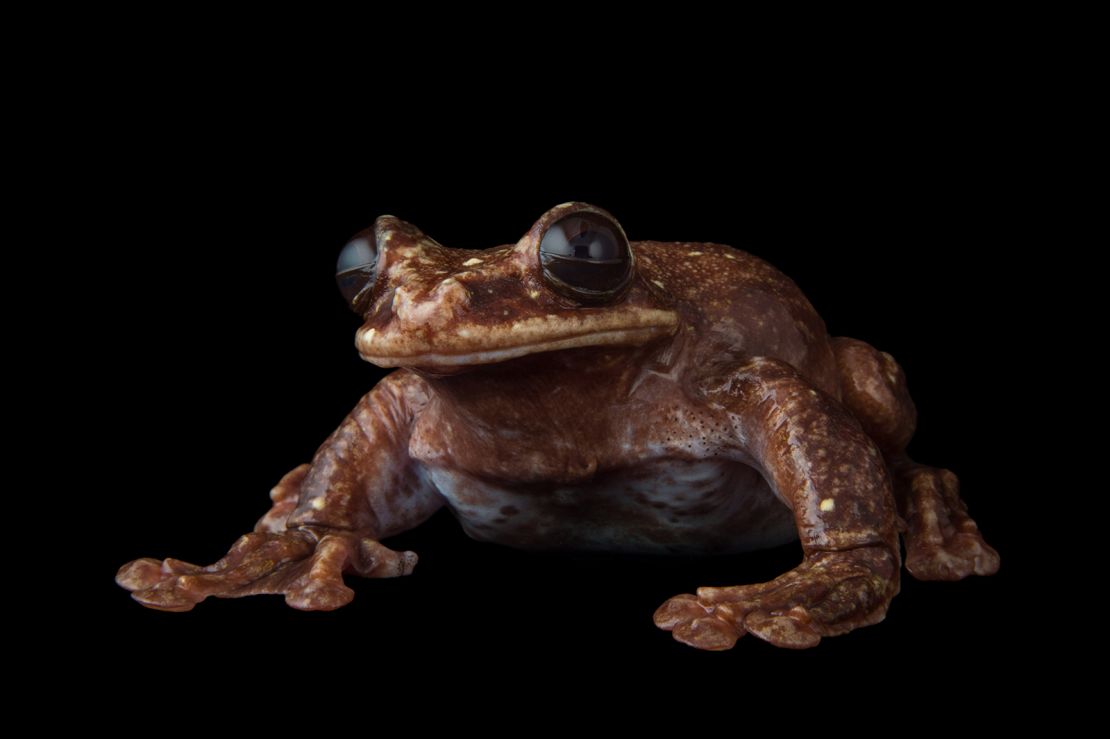
But although the clock is ticking, he stresses that it’s not too late: “I’ve seen a few (different species) go extinct, but most of them are right here and they can make a rebound.”
In captivity
By focusing on animals in human care, Sartore admits he will only show a small cross section of the world’s wildlife. According to the International Union for Conservation of Nature, there are more than 2 million described species on the planet, and he plans to photograph just 1% of them.
But doing so allows him to spotlight species that are already extinct in the wild, and those that would be difficult to take portraits of in their natural habitat. “It’s very hard to convince a tiger to come out of the woods in India and lay on my background with the lights,” he said.
It also enables him to shoot in a controlled environment, meaning the animal can bet kept safe and comfortable, with zookeepers or carers on hand to advise on its behavior.
Photo Ark is now a full-time job, and Sartore anticipates that, as he is almost 60 years old, it is likely to occupy most of the rest of his lifetime and maybe beyond, if his son, who sometimes accompanies him on shoots, takes it over.
At worst, Sartore hopes that the Photo Ark collection will give a snapshot of what life looked like on Earth before these species were lost.
But at best, he said, it could be a collection of pictures that moves the world to step up to the plate and start saying, “I care about this, what can I do?”
